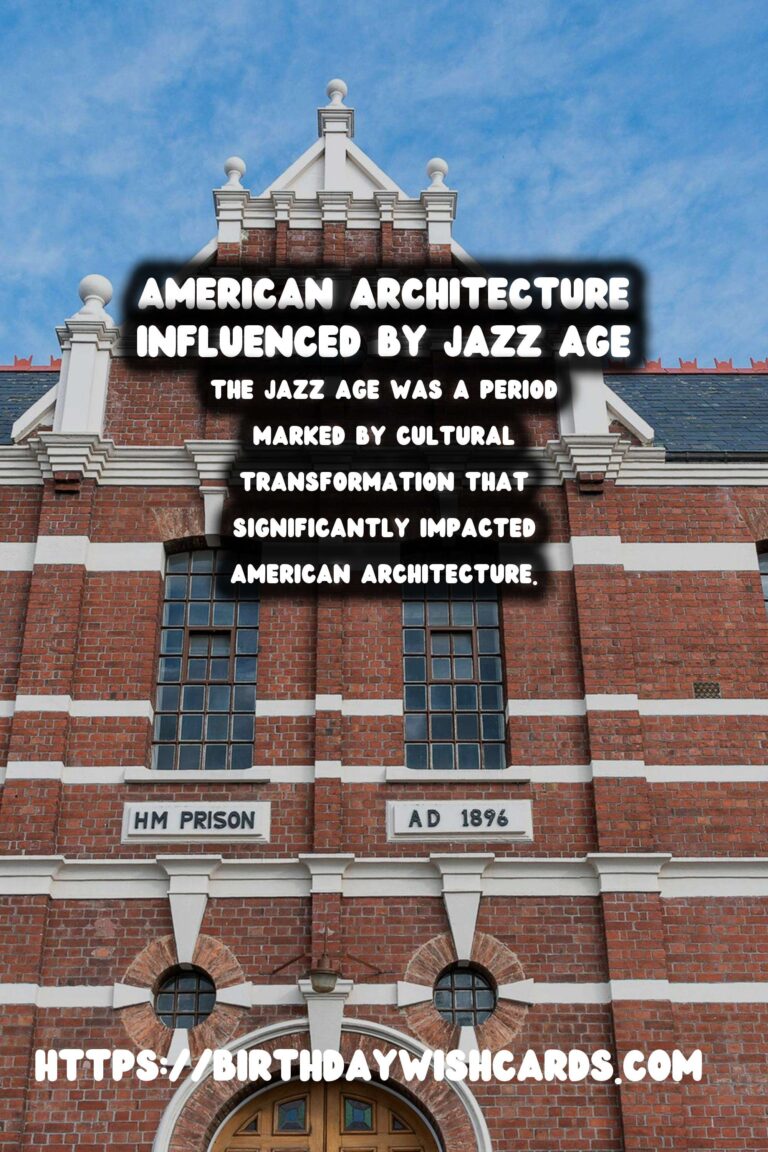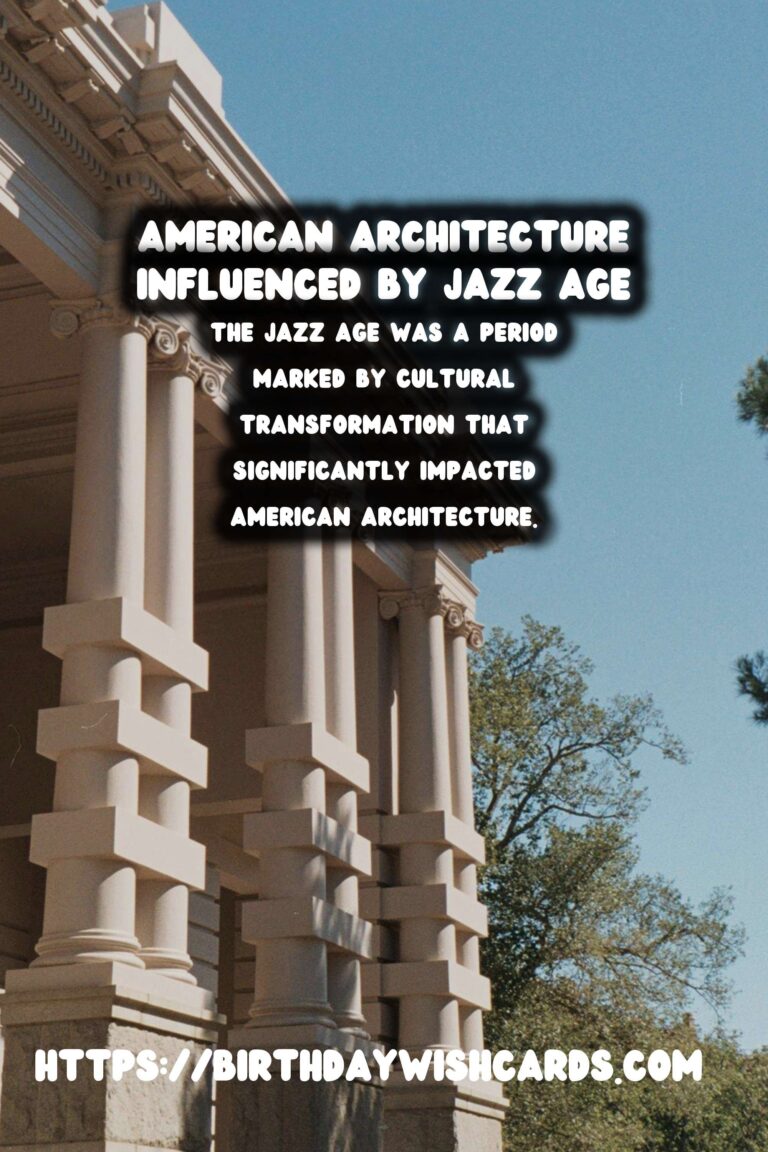
The Jazz Age, a period defined by the exuberant energy of the Roaring Twenties, extended its influence far beyond music and dance. It was a time of transformation, a cultural revolution that left an indelible mark on American architecture. In this exploration of the Jazz Age’s architectural impact, we delve into the elements that characterized the era, the key figures who inspired change, and the legacy that remains present in modern designs.
The Roaring Twenties and Architectural Evolution
The Roaring Twenties were marked by breakthroughs in social, political, and economic sectors. The end of World War I led to a newfound freedom and prosperity. As society sought to break free from the traditions of the past, architectural designs began to reflect this desire for novelty and innovation. The Jazz Age was synonymous with breaking norms, and architecture became a canvas for expressing modernity.
Art Deco’s Ascendance
One of the most significant contributions of the Jazz Age to American architecture was the rise of the Art Deco style. Characterized by bold geometric patterns, vibrant colors, and an emphasis on streamlined forms, Art Deco became symbolic of progress and optimism. The Chrysler Building, one of New York City’s most iconic skyscrapers, epitomizes this style; its intricate designs and towering spire are testaments to the era’s architectural ambitions.
Key Architects and Their Contributions
Several architects became synonymous with the Jazz Age, their work embodying the avant-garde spirit of the time. William Van Alen, the designer of the Chrysler Building, and Paul Philippe Cret, known for his work on the Folger Shakespeare Library, were prominent figures whose contributions showcased a melding of classical elements with new-age innovations. Each structure was a blend of artistic motifs and technological advancements.
Materials and Techniques
The Jazz Age brought about advancements in building materials and techniques. Aluminum, glass, and stainless steel became popular, allowing architects to craft buildings that were both functional and visually appealing. The rise of skyscrapers during this era symbolized America’s economic boom and the country’s journey towards modernity. New engineering techniques facilitated the construction of taller, more graceful structures that dominated urban skylines.
The Cultural Reflections in Architecture
Architecture during the Jazz Age was not just about aesthetics; it was a reflection of the cultural dynamism and joie de vivre that characterized the period. Buildings were designed to be both entertaining and useful, with theatres, hotels, and grand department stores capturing the spirit of leisure and spectacle. The introduction of neon lighting and lavish interior designs furthered the sense of luxury associated with the period.
Legacy and Continuing Influence
The legacy of the Jazz Age in American architecture is unmistakable. Its influence can be seen in the many surviving Art Deco buildings that remain jewels of urban landscapes across the United States. Moreover, the emphasis on innovative design and mixed-function spaces cast long shadows on modern architectural practices. Contemporary architects often draw inspiration from the Jazz Age, creating designs that honor the past while embracing the future.
Conclusion
The Jazz Age was a definitive era that forged a new path in American architecture, emphasizing the beauty and functionality of design. As we look back, it becomes evident that architecture was not only a witness but also a participant in the cultural narrative of the time. The bold, dynamic qualities of Jazz Age architecture continue to inspire and influence modern architectural movements, making it a timeless tribute to an unforgettable epoch.
The Jazz Age was a period marked by cultural transformation that significantly impacted American architecture. Art Deco, a style known for its geometric patterns and vibrant colors, became a prominent architectural trend during the Jazz Age.
#JazzAge #ArtDeco

